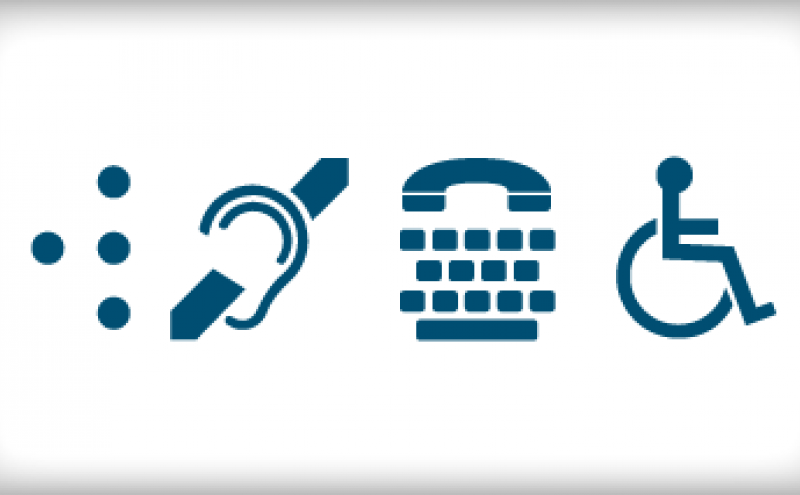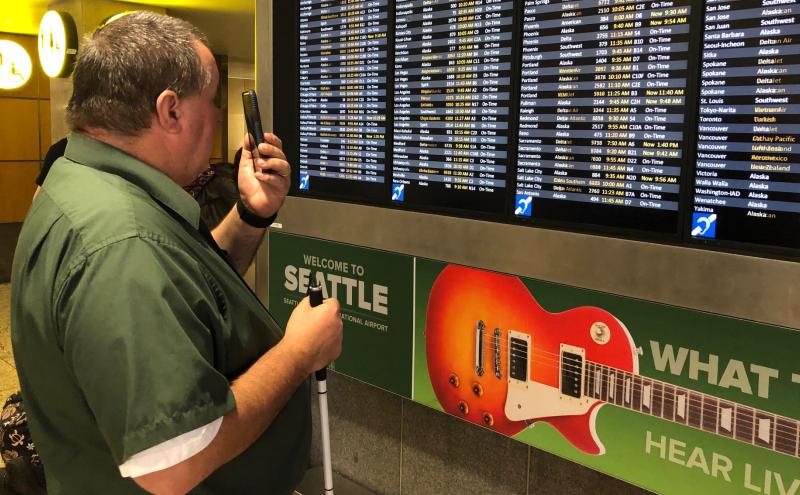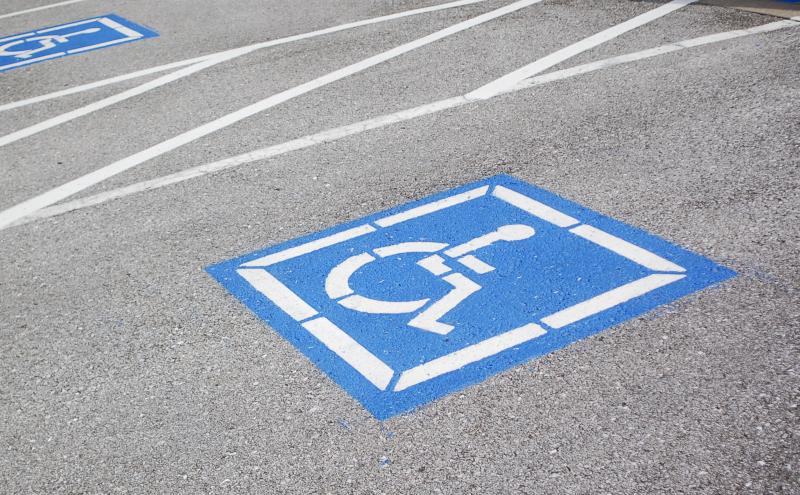
By Shayla Ring
This month will celebrate 32 years of the Americans with Disabilities Act (ADA), enacted to prohibit discrimination against people with disabilities across the nation, including the areas of “transportation, public accommodations, communications, and access to state and local government programs and services” (Source: U.S. Department of Labor). As of 2022, approximately one in four adults in the United States live with a permanent or temporary disability, equating to an estimated 61 million adults nationwide (Source: Centers for Disease Control and Prevention).
The Port of Seattle continues to make a purposeful effort to eliminate barriers and ensure accessibility to all users of the Port’s facilities and digital properties. This effort to increase access is not new, and the Port continues to make physical facilities as accessible as possible. Like the commitment to making Seattle-Tacoma International Airport (SEA) the most accessible airport in the nation. Not only is it the right thing to do, SEA Airport has committed to providing exemplary service to travelers.
To fulfill this promise, we are working to ensure that digital assets are accessible to everyone no matter how they access content.
The Port of Seattle’s website is essential to the Port’s ability for outreach and disclosure, and it informs the region’s citizens, public officials, businesses, and all partners of the Port’s many services and programs. In order to best fulfill these duties, the Port is taking the necessary steps to ensure that all of these functions are easily accessible to all users.
In 2021 we began investing in a third-party effort to improve digital accessibility on our external website and Commission Meetings Portal, the primary places that constituents access information on the Port and its facilities.
External Port of Seattle website
Built in 2018, the external website receives approximately 1 million page views per month. The overwhelming majority of users come to research information about the airport.
The Port’s External Relations team commissioned Open Doors Organization and Ablr360 to review the website’s current functionality. Based on the findings, the Port is currently improving image labels, adjusting PDFs for usability, and restricting headers to assist with navigation.
This website’s accessibility was tested manually by website users with disabilities using a variety of different browsers and screen -readers, as well as accessibility software. After receiving feedback, the Port of Seattle has begun the work to improve website infrastructure and accessibility in the following areas:
- Color contrast
- Headings and page architecture
- Image Alt text labels
- Link purpose and link texts
- Focus boxes that shows the user where they are on the page
- Making image carousels more accessible
- Adjusting PDFs for improved usability
- Future changes will improve widget and form function, carousels, and other content types that require coding
These improvements are being carried out by various departments at the Port. Port-wide efforts continue to train and educate the wide variety of employees and external content coordinators who contribute to the information, content, and functionality of the Port’s website. By involving these various contributors in discussions of accessibility and improvement, the Port aims to dismantle current barriers to access, and lay the foundation for future improvements in equity across the many facets of its website.
External Commission meetings portal
The 32-year legacy of the ADA serves as a reminder that ability is not the issue; the issue is access. By improving the accessibility of website infrastructure as well as future content, the Port of Seattle hopes that all users are able to make the most of the services that the Port and SEA have to offer.
Separate from the website audit project, the Port’s Commission Office has embarked on a redesign of the site with the website vendor Seattle City Colleges Cable Television (SCCTV). The goal of the redesigned site is ADA accessibility, language translation capability, website search engine visibility, mobile device functionality, video access tools, and other application-friendly capabilities. The Commission Meetings Portal now meets most of the criteria of WCAG2.2 standards.
Top photo by Thirdman









